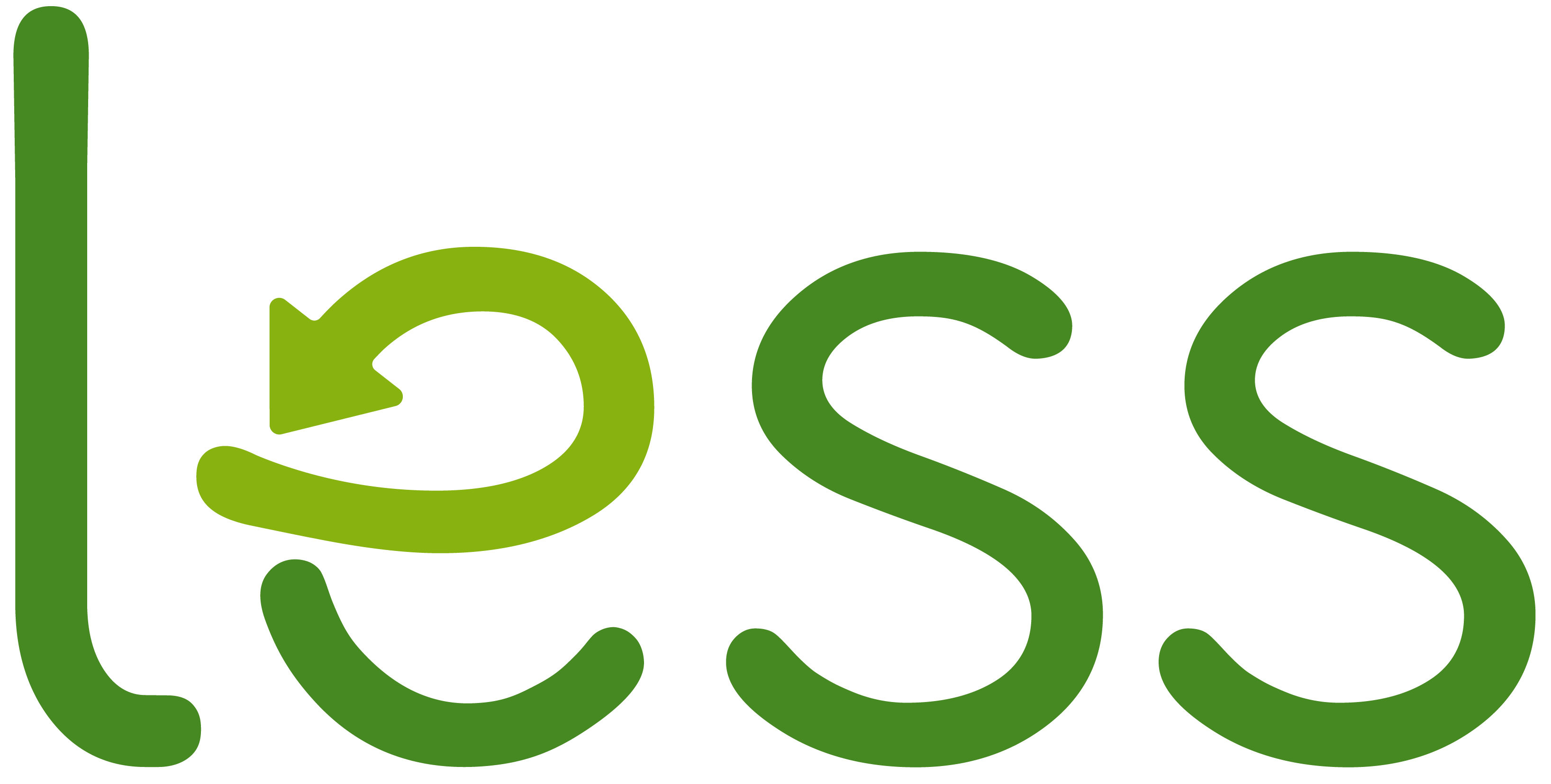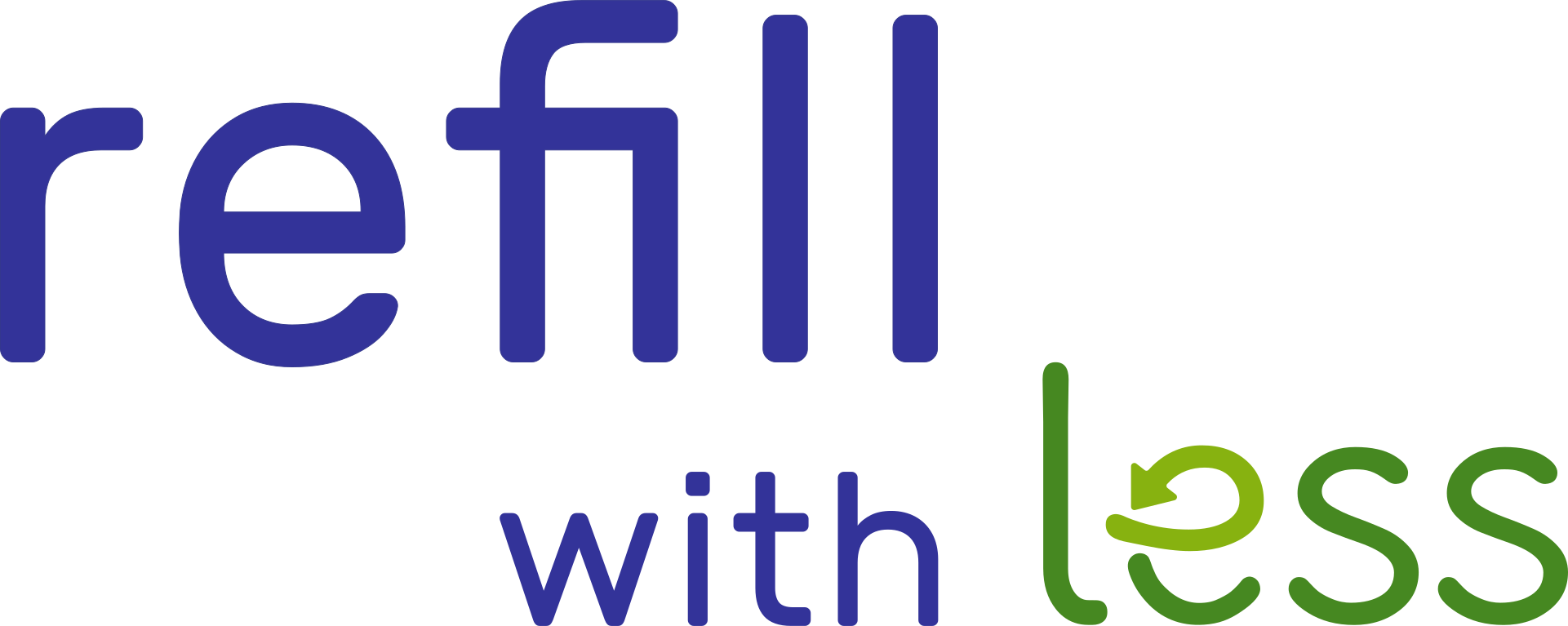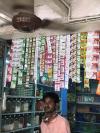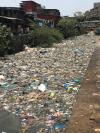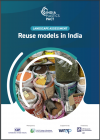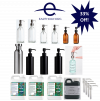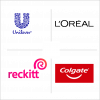‘Recyclability’ And The Farcical 1.5% Threshold
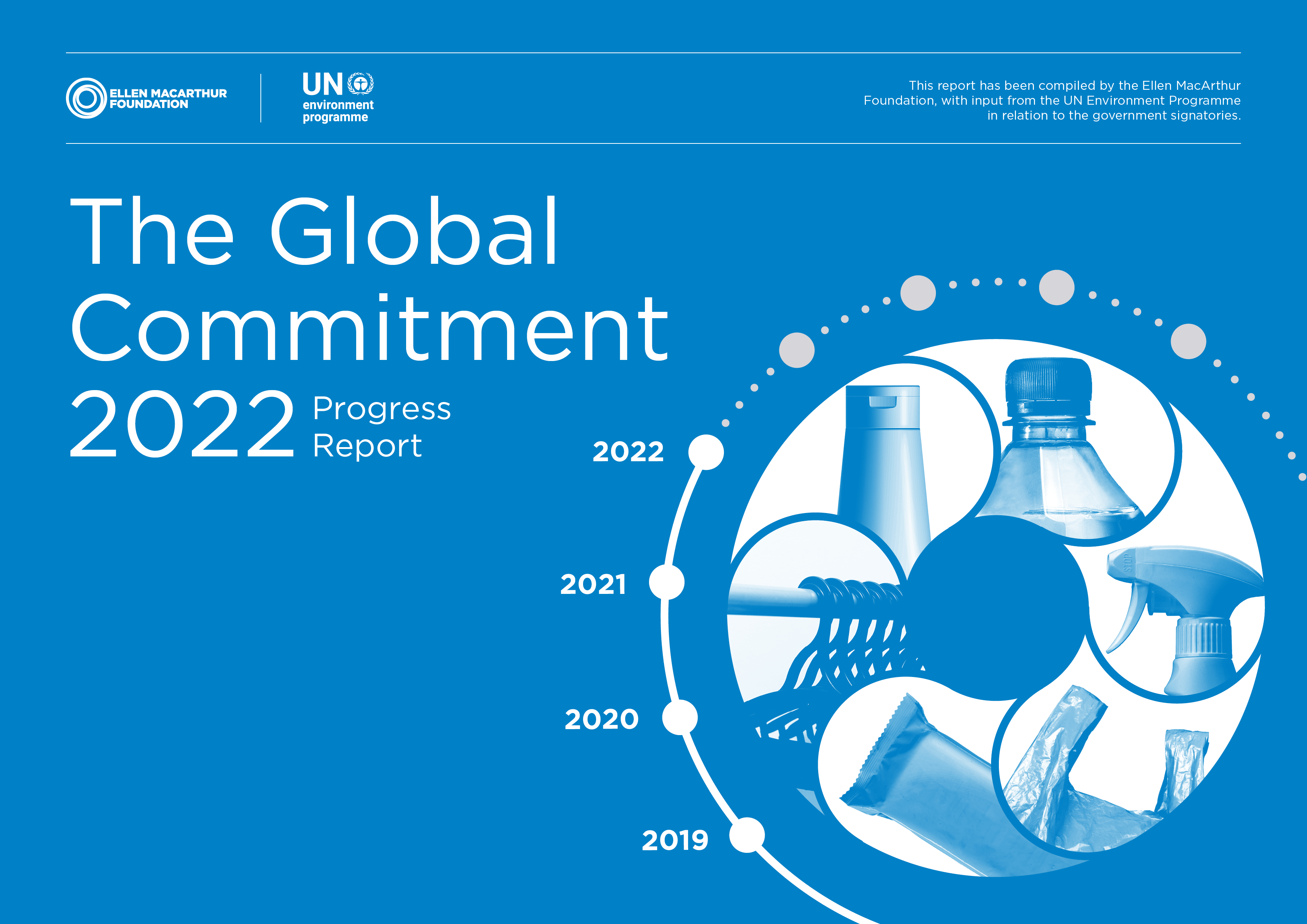
40% of plastic use is for plastic packaging, almost all of it single use. The main frameworks seeking to manage this waste come from WRAP and Ellen MacArthur Foundation that have commitments for users of plastic packaging to make 100% of the plastic compostable, reusable or recyclable by 2025. While the first two options (making packaging compostable or reusable) can be effective at reducing plastic waste, they are difficult to attain, so signatures to these commitments focus on making their packaging ‘recyclable’.
But making plastic packaging ‘recyclable’ is of barely any benefit (see earlier posts).
But dig into the footnotes of the commitments and you find a definitional issue that makes them a little farcical.
Here, a plastic is considered ‘recyclable’ if there is a 30% or more post-consumer recycling rate in multiple regions, collectively representing at least 400 million inhabitants[1].
By picking high recycling countries, like much of the EU and South Korea etc., signatory companies can piece together an area of 400 million people that reach this bar. But 400 million people is just 5% of the world's population.
Across much the world, recycling is very limited and often entirely absent. Allowing plastics recycled at 30% by just 5% of the world's population means that plastics recycled at a global average rate of 1.5% could still qualify as ‘recyclable’.
That’s like getting a passing grade if you get 1.5% on a test.
We found this such a shocking finding that we contacted Ellen MacArthur foundation for confirmation. They confirmed our conclusion, stating:
- About Recyclability, your interpretation is correct. The two criteria serve to identify whether a plastic packaging is recyclable in practice (as opposed to in theory), which is demonstrated to be possible if it crosses the 30% threshold ; and at scale, if it is indeed recycled at, at least, 30% over a significant population. We appreciate this does not mean that the plastic packagings above the threshold get all recycled.
With this definition, we acknowledge that the efforts to recycle lie with different stakeholders at different levels of the value chain and that not everything is in the power of brands putting packaging on the market. However, the definition and target (100% recyclable by 2025) are ambitious enough to hold these same companies responsible and accountable for their part.
So there you have it.
Brands stamp ‘recyclable’ in bold on their packaging and consumers take comfort from it, but companies know it’s largely meaningless and will make little difference.
And all the while WRAP and Ellen MacArthur Foundation provide cover, checking progress against commitments that will not make a dent in plastic use or the amount of plastic that goes to landfill or leaks to the environment.
We need a better framework.
[1] https://emf.thirdlight.com/link/Reporting-Resources-2022/@/preview/2
